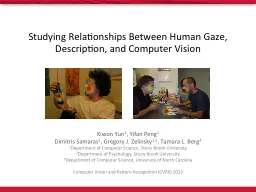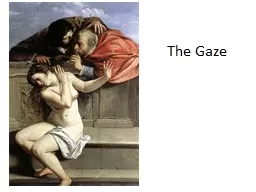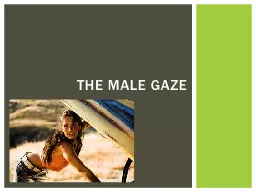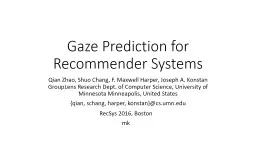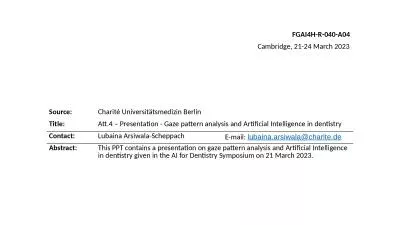PPT-mathtrack : Mobile gaze tracking for the study of attention and emotion in collaborative
Author : clustik | Published Date : 2020-07-03
solving Markku S Hannula Faculty of Education University of Helsinki Finland with Anu Laine Eeva Haataja Enrique García MorenoEsteva Miika Toivanen Visajaani
Presentation Embed Code
Download Presentation
Download Presentation The PPT/PDF document "mathtrack : Mobile gaze tracking for the..." is the property of its rightful owner. Permission is granted to download and print the materials on this website for personal, non-commercial use only, and to display it on your personal computer provided you do not modify the materials and that you retain all copyright notices contained in the materials. By downloading content from our website, you accept the terms of this agreement.
mathtrack : Mobile gaze tracking for the study of attention and emotion in collaborative: Transcript
Download Rules Of Document
"mathtrack : Mobile gaze tracking for the study of attention and emotion in collaborative"The content belongs to its owner. You may download and print it for personal use, without modification, and keep all copyright notices. By downloading, you agree to these terms.
Related Documents

